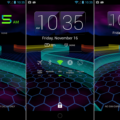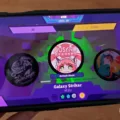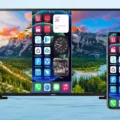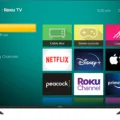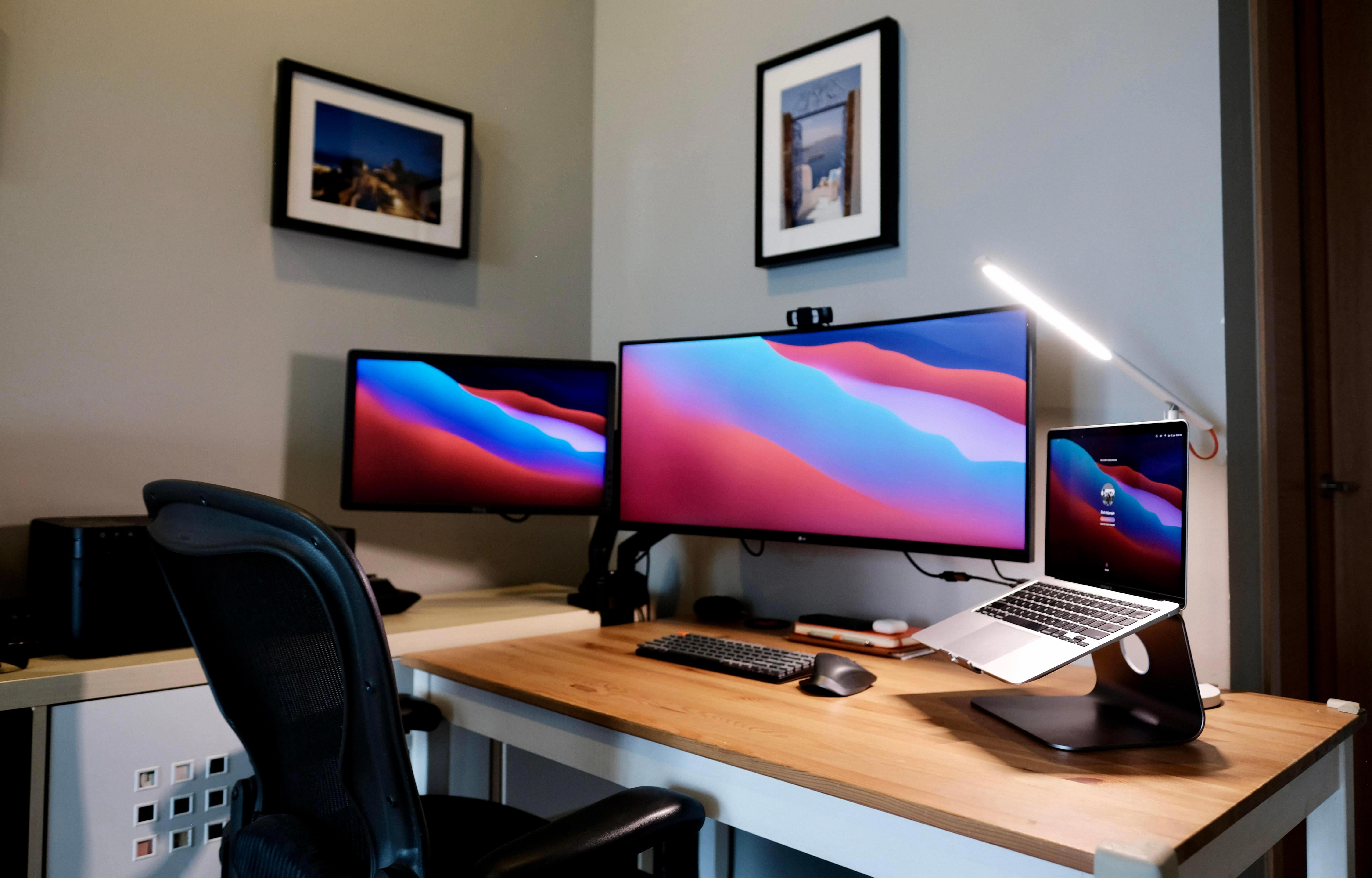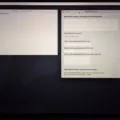MHL (Mobile High-Definition Link) is a technology that allows you to connect your Android phone or tablet to a TV or monitor, providing you with a larger screen experience. With MHL, you can enjoy your favorite videos, photos, and games on a bigger display.
To enable MHL on your Android device, you will need a few things. First, make sure that your TV supports MHL. Look for an HDMI input on your TV that is labeled as MHL-compatible. Once you have confirmed that your TV supports MHL, you can proceed with the following steps:
1. Connect the larger end of the MHL cable to the HDMI input on your TV that supports MHL.
2. Turn on both your Android device and your TV.
3. Access the menu on your TV and look for the option called “Auto Input Change (MHL)”. Set this option to “On”. This will ensure that your TV automatically switches to the MHL input when an MHL-compatible device is connected.
4. Now, take the smaller end of the MHL cable and connect it to the micro USB port on your Android device.
Once the cable is connected, you should see your Android device’s screen mirrored on your TV. You can now enjoy all your multimedia content on a larger display.
It is worth noting that not all Android devices support MHL. To check if your phone or tablet is compatible with MHL, you can download the MHL Checker app from the Google Play Store. This app will instantly inform you if your device supports MHL.
If your Android device does not support MHL, there is another option available for you. You can use a USB-C to HDMI adapter along with an HDMI cable to connect your device to the TV. Simply plug the USB-C end of the adapter into your phone and connect the HDMI cable between the adapter and your TV. This will mirror your Android device’s screen on the TV.
MHL is a convenient technology that allows you to connect your Android device to a TV or monitor. By following the steps mentioned above, you can enable MHL on your Android device and enjoy your favorite content on a larger screen.
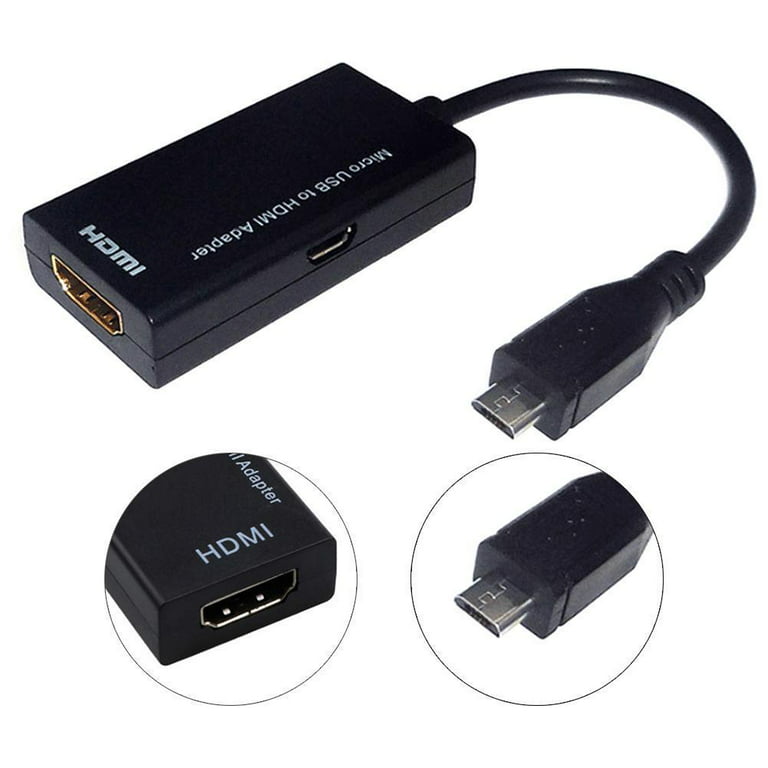
Does Android Support MHL?
Android devices support MHL (Mobile High-Definition Link) technology. MHL is a standard that allows you to connect your Android smartphone or tablet to an external display, such as a TV or monitor, using a single cable. This technology enables you to mirror your device’s screen on a larger display, allowing for a more immersive viewing experience.
MHL technology is incorporated into more than 900 million devices to date, including many of the leading Android smartphones and tablets. This means that if you own an Android device, there is a high chance that it supports MHL.
By connecting your Android device to an MHL-enabled display, you can enjoy various benefits such as watching videos, playing games, or browsing the internet on a larger screen. MHL also supports high-definition audio and video, ensuring that you get a high-quality viewing experience.
To use MHL with your Android device, you will need an MHL adapter or cable that is compatible with your device’s specific port, which is usually a micro USB or USB-C port. These adapters can be easily found online or at any major retailer.
Android devices do support MHL technology, allowing you to connect your device to an external display for a better viewing experience.
Is There a MHL App for Android?
There is an MHL app available for Android devices. The MHL Checker app can be downloaded from the Google Play Store. This app is specifically designed to determine the compatibility of your Android device with MHL (Mobile High-Definition Link) technology.
By installing the MHL Checker app on your Android phone or tablet, you can quickly and easily find out if your device supports MHL. This can be useful if you want to connect your device to an external display or TV using an MHL cable.
Using the app is straightforward. Once installed, simply open the MHL Checker app on your Android device. The app will then perform a compatibility check and provide you with an instant result. It will inform you whether your device supports MHL or not.
Understanding MHL compatibility is important because not all Android devices are equipped with MHL technology. MHL allows you to connect your Android device to an external display, such as a TV or monitor, through the micro USB port. This enables you to enjoy high-definition audio and video content on a larger screen.
If the MHL Checker app confirms that your Android device is compatible with MHL, you can proceed with purchasing an MHL cable and connect your device to an external display that supports MHL. However, if the app indicates that your device is not MHL compatible, you may need to explore alternative methods for connecting your device to an external display, such as using wireless screen mirroring technologies like Chromecast or Miracast.
The MHL Checker app is a useful tool for determining MHL compatibility on your Android device. By downloading and running this app, you can quickly find out if your device supports MHL, allowing you to make informed decisions about connecting it to external displays.
How Do You Get HDMI Output on Your Android?
To obtain HDMI output on your Android device, you will need the following equipment:
1. HDMI cable: This cable allows you to transmit audio and video signals from your Android device to your TV or other HDMI-compatible display.
2. USB-C to HDMI adapter: Since most Android devices now feature USB-C ports, you will need a USB-C to HDMI adapter to connect your phone to the HDMI cable.
Here’s a step-by-step guide on how to set it up:
1. Ensure your TV is turned on and set to the correct HDMI input that you want to use.
2. Plug one end of the HDMI cable into the HDMI port on your TV.
3. Connect the other end of the HDMI cable to the USB-C to HDMI adapter.
4. Insert the USB-C end of the adapter into your Android device’s USB-C port.
5. Once the cable and adapter are connected, your Android device’s screen should automatically appear on your TV.
Note: Depending on your Android device and its operating system version, you may need to adjust some settings on your phone to enable HDMI output. However, most modern Android devices support HDMI output by default.
By following these steps, you should be able to enjoy your Android device’s screen on a larger display such as a TV, monitor, or projector using HDMI output.
Conclusion
MHL (Mobile High-Definition Link) technology has revolutionized the way we connect our smartphones and tablets to our TVs. With over 900 million devices supporting MHL to date, it has become a widely adopted standard for connecting mobile devices to larger screens.
Setting up MHL is a straightforward process. By connecting the larger end of the MHL cable to the HDMI input on an MHL-compatible TV and turning on both devices, you can easily establish a connection. To ensure seamless switching between inputs, it is recommended to enable the Auto Input Change (MHL) option in the TV’s menu.
If you are unsure whether your Android device supports MHL, you can download the MHL Checker app from the Google Play Store. This app will quickly determine the compatibility of your device with MHL technology.
Alternatively, if your Android device has a USB-C port, you can use a USB-C to HDMI adapter along with an HDMI cable to connect your device to the TV. This method also provides a reliable means of displaying your phone or tablet’s screen on the TV.
MHL offers a convenient and versatile solution for enjoying multimedia content from your mobile devices on a larger screen. With one connection, you can unlock infinite possibilities for entertainment and productivity. Whether you are watching videos, playing games, or giving presentations, MHL provides a seamless connection between your mobile device and TV.

